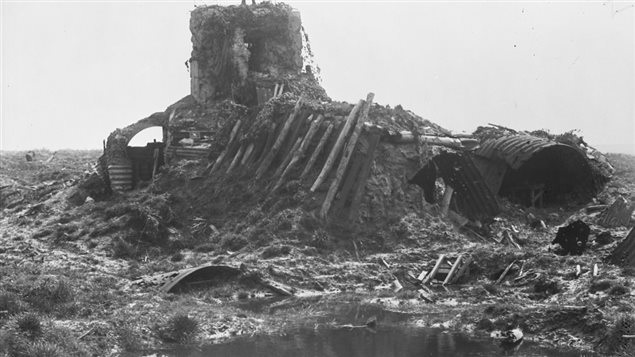Over 104 years ago, as the First World War raged around him, a Canadian surgeon sat in an ambulance in a part of Belgium that had already seen more than its fair share of carnage and fighting and would see a whole lot more through the rest of the 20th Century.

Poppies surround a newly unveiled statue of Lt.-Col. John McCrae to commemorate the Second Battle of Ypres and his poem ‘In Flanders Fields,’ during a ceremony in Ottawa on Sunday, May 3, 2015, 100 years to the day that he wrote his famous poem.
(Fred Chartrand/Canadian Press)
Taking a brief respite from the horror he had just witnessed, the surgeon, a Canadian named John McCrae, wrote a poem that lives to this day–in elementary schools where young Canadians recite it, to the poppies that people around the world wear to commemorate those who died in the so-called Great War.
Born out of heartache, written in the midst of insanity in the spring of 1915, In Flanders Fields may be the most famous poem ever written by a Canadian.

David Calderisi (courtesy of David Calderisi)
For Remembrance Day, I asked a friend, noted Canadian actor David Calderisi, to share both the poem and the history of its origins.
Be forewarned: like the war from which is sprang, it is not a pretty history.
Listen






For reasons beyond our control, and for an undetermined period of time, our comment section is now closed. However, our social networks remain open to your contributions.